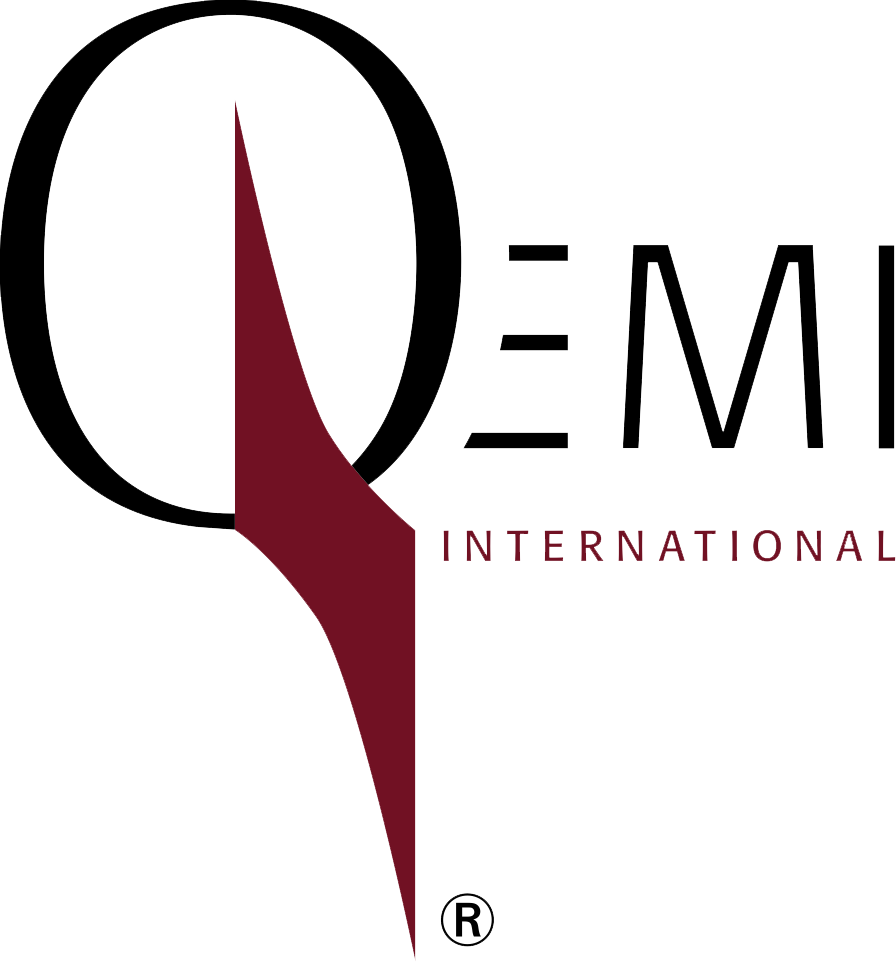Antifoams and Defoamers: Definition, Composition, and More
Generally speaking, both antifoams and defoamers are actively used for foam control. This is because both these products are similar in function as well as chemistry. The primary difference lies in the timing of the application. Let’s look at a comparison of both these foaming product types:
Antifoams
Chemistry: Are inert chemicals
Components: Typically comprise of:
- Liquid components such as nonionic surfactant, mineral oil, and/or silicone
- A hydrophobic solid such as wax, fatty acid/alcohol, and/or hydrophobic silica
Note: The components must be sufficiently incompatible so that are insoluble with the medium and can mitigate foam effectively. On the other hand, they must also be sufficiently compatible so that they do not cause deposition problems.
Timing of application: Are designed to be applied prior to foam formation
Types available: Broadly speaking, there are two types of foams available:
- Silicone antifoams are highly effective due to their chemical inertness, potency in low concentrations, and ability to spread over a foam film.
- Non-silicone antifoams, which contain surfactants, which can improve dispersal capabilities and effectiveness in foaming water. Plus, these are more readily biodegradable and less prone to causing issues such as discoloration, spotting, etc.
Defoamers
Chemistry: These are also inert chemicals
Components: Typically made of a liquid component and a hydrophobic solid. In some cases, they can also be strictly liquid. The foams are made keeping a balance between solubility and insolubility with the medium in mind. This helps improve foam performance.
Timing of application: Are designed to be applied post foam formation to help destroy it
Types available: Most defoamers are generally oil-based and are composed of the “non-silicone” variety. That said, the composition can be highly variable and include chemical species–from hydrophobic solids to silicones. This type of foam provides high efficacy at lower dosages. As a result, it is ideal for foam knockdown in many applications.
At the end of the day, the type of foam you select will depend on the timing of its production and its inherent chemical composition. This is why you should always select a foam control solution that is in sync with your specific application needs. As a rule of thumb, test a primary and a secondary foam control product for best results. No matter if your application is rum production, or even wastewater management, our experts at Qemi can lend a helping hand to help you find the right product for your needs.
Why Choose Qemi
Qemi’s foam control products are ideal for food-grade or industrial-grade applications. We offer silicone, oil-based, and water-based solutions to meet your needs. Our USP lies in three core areas: one, we work with important producers that supply us with reliable foam control products for industrial and food applications, two, our products can be tailored to fulfill your specific needs and three, we laser-focus on providing quality products, even when there are bouts of raw material shortage.
If you want to get your hands on quality foam products that can be customized to your personalized needs, connect with us today.

